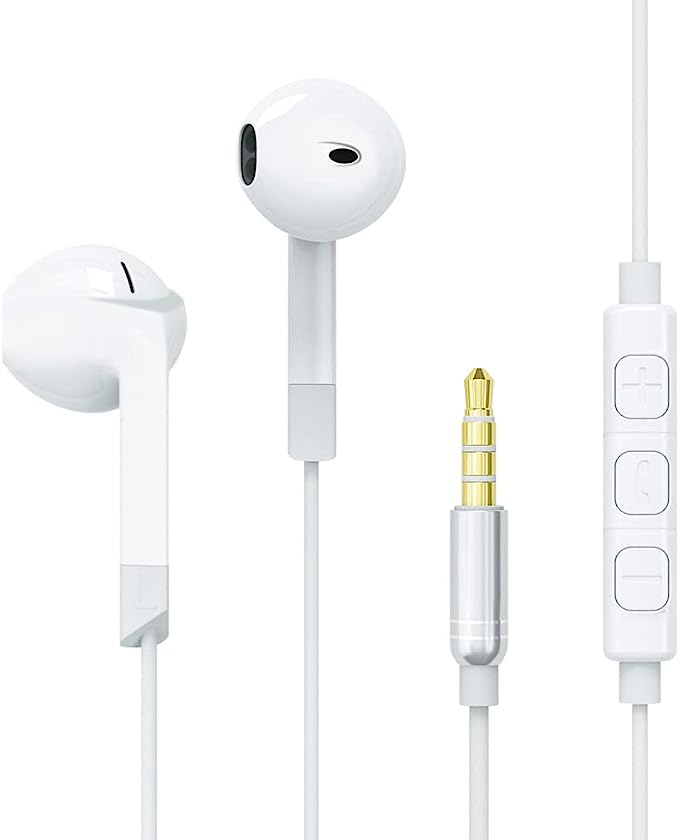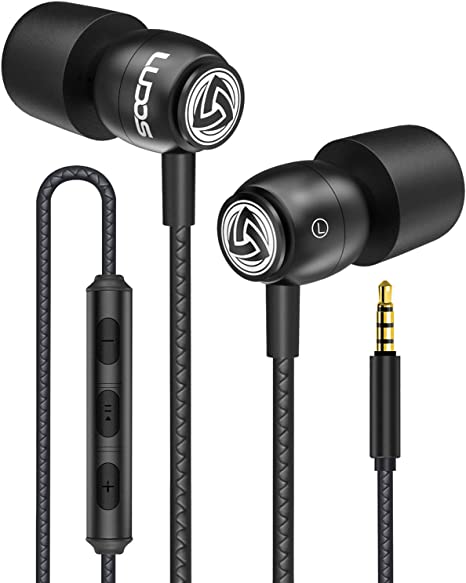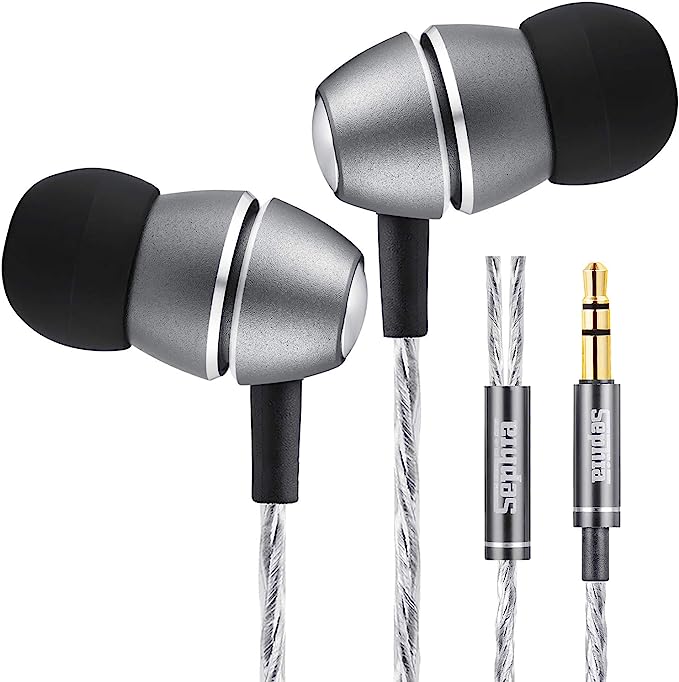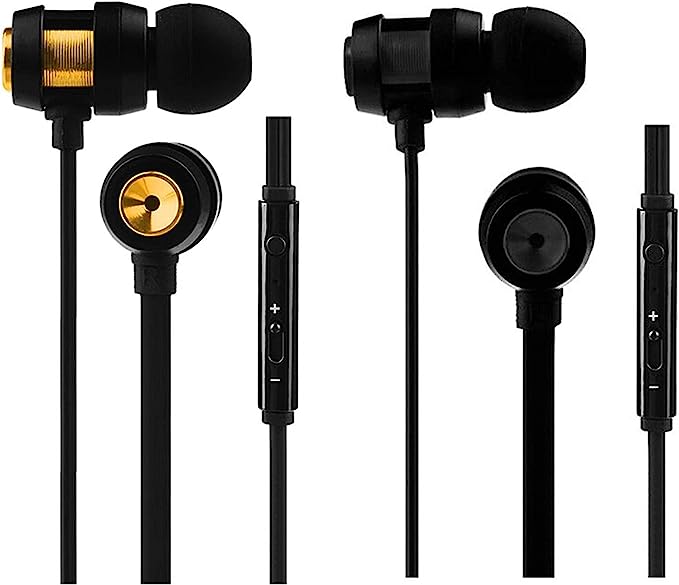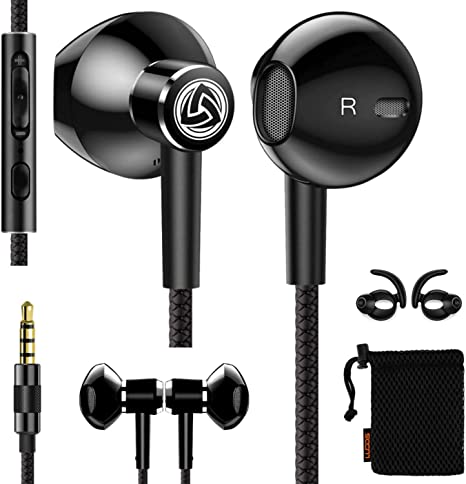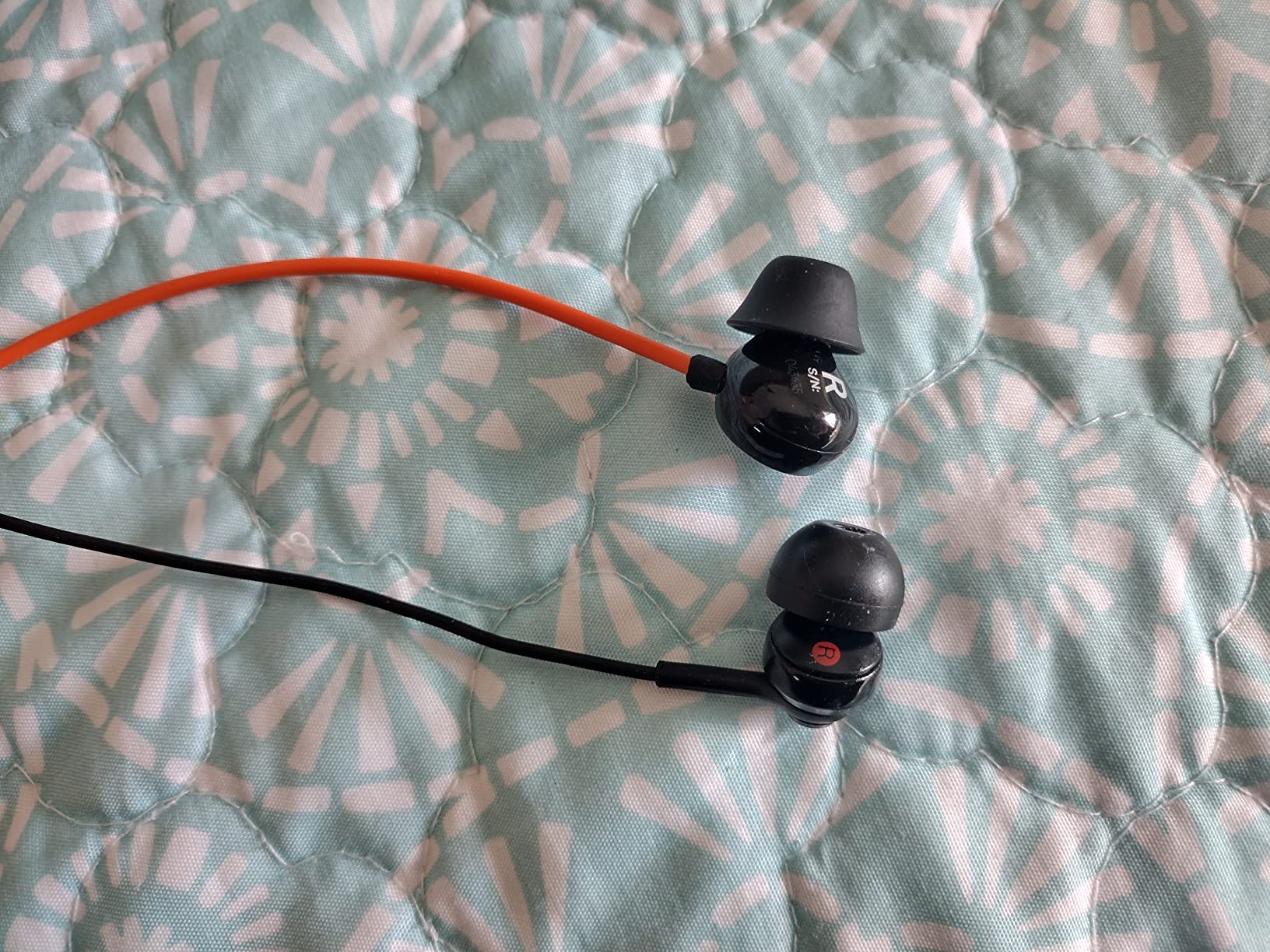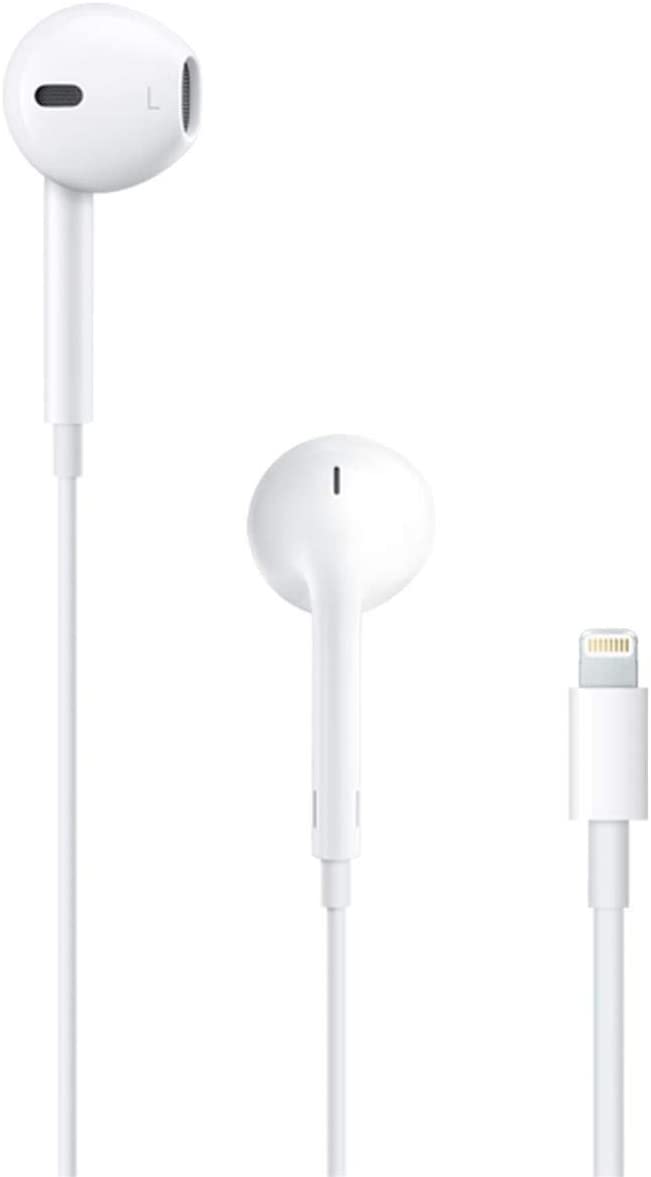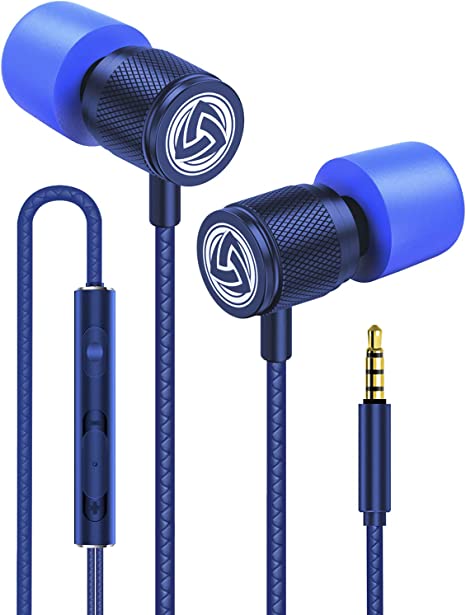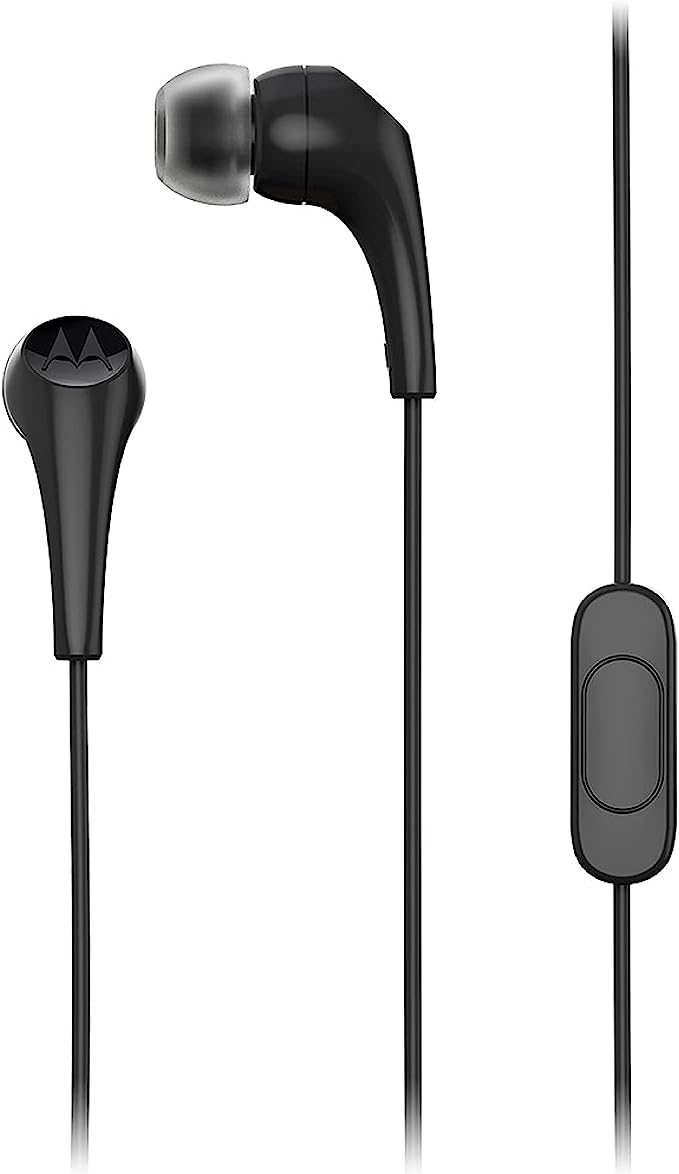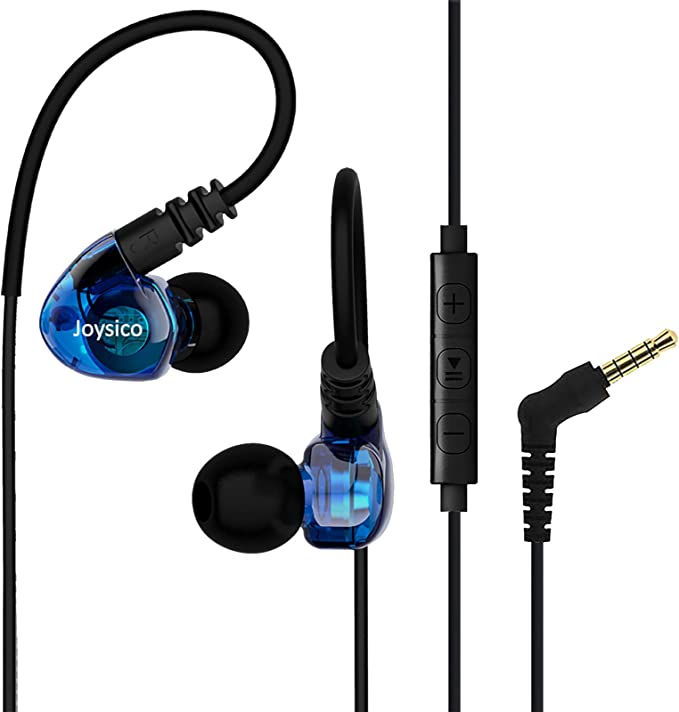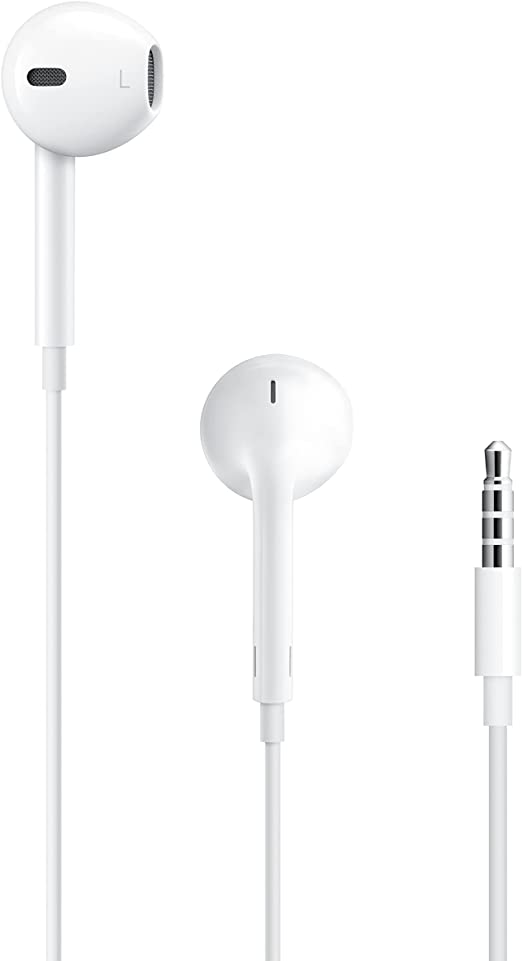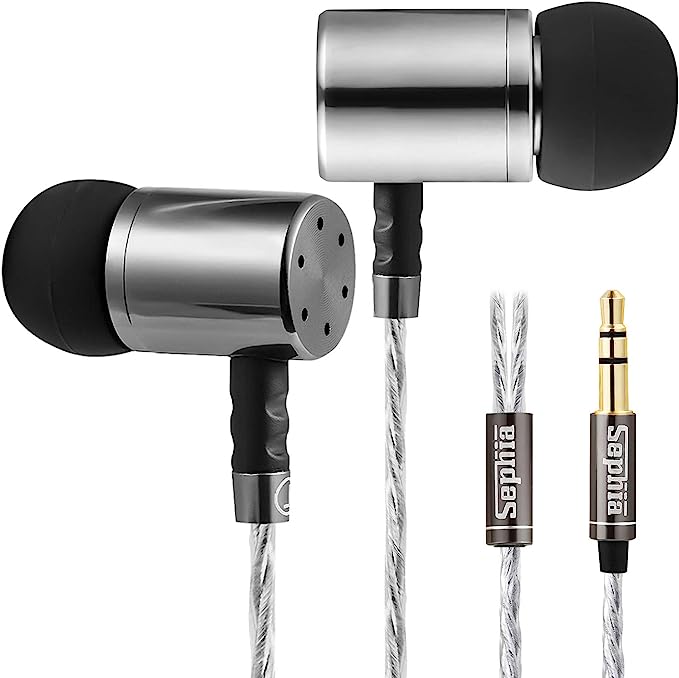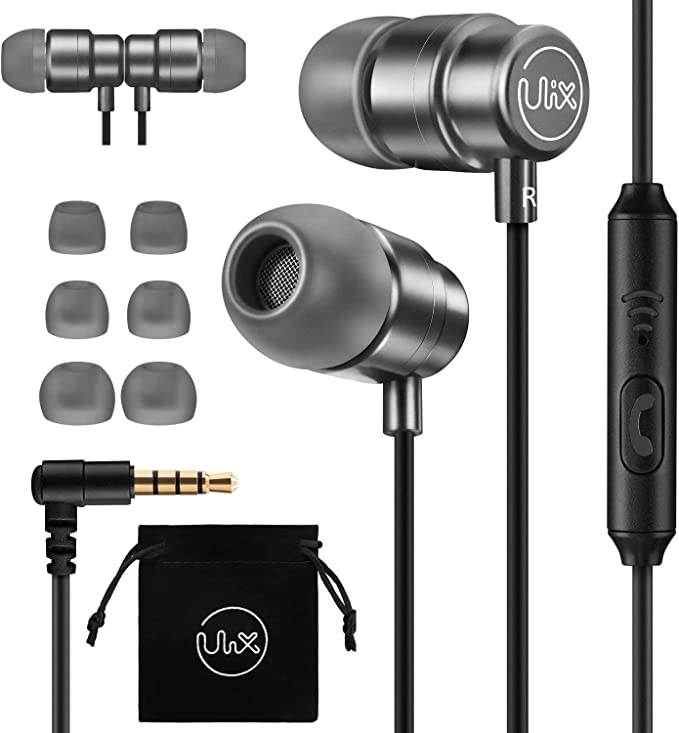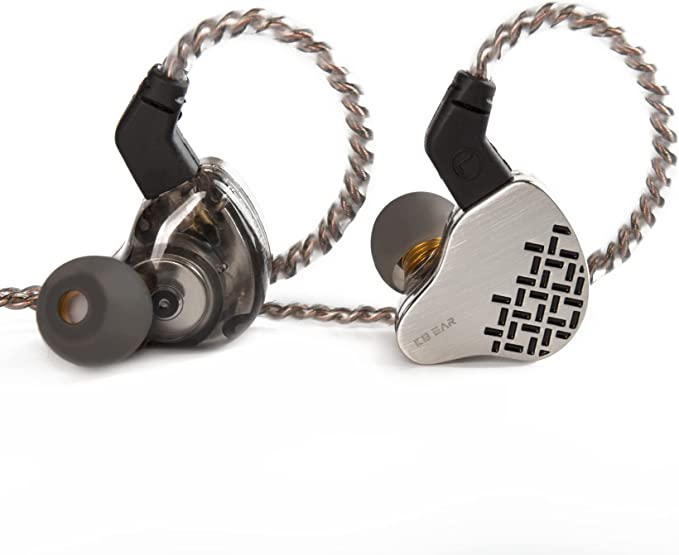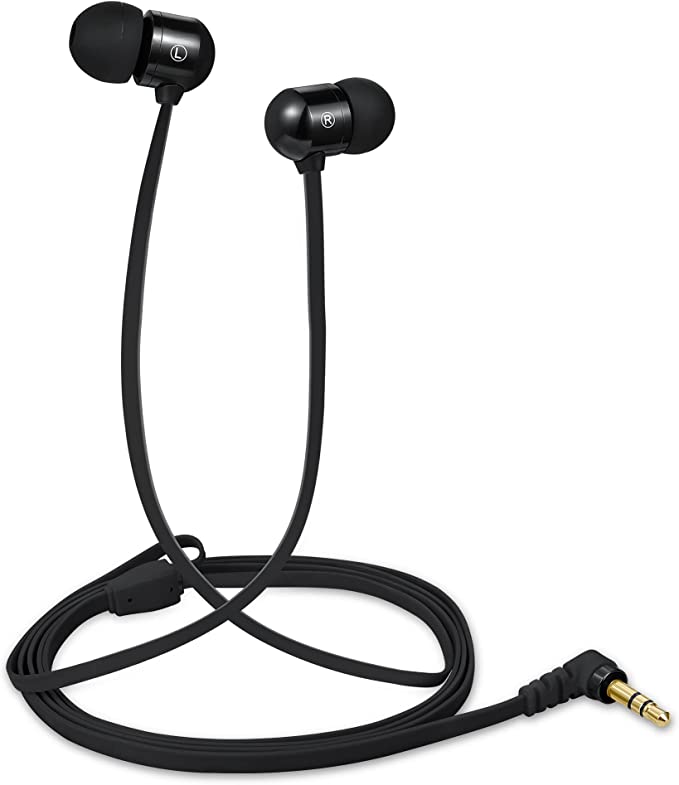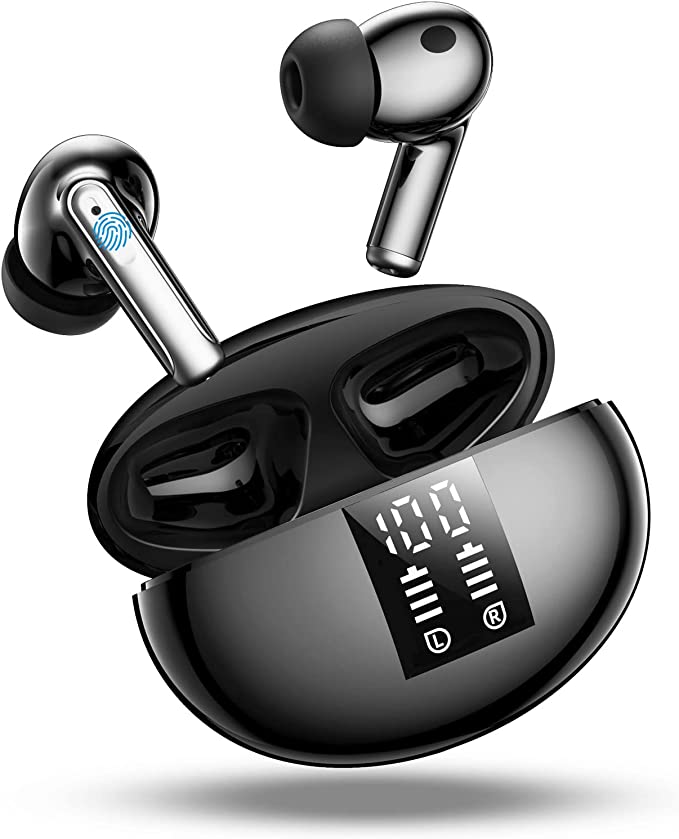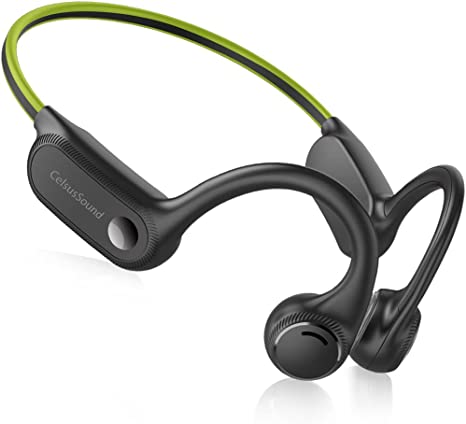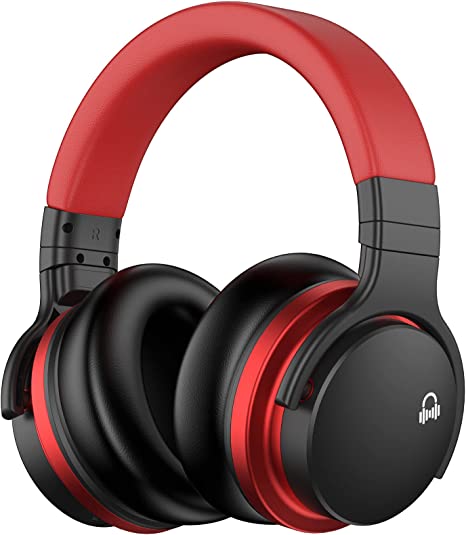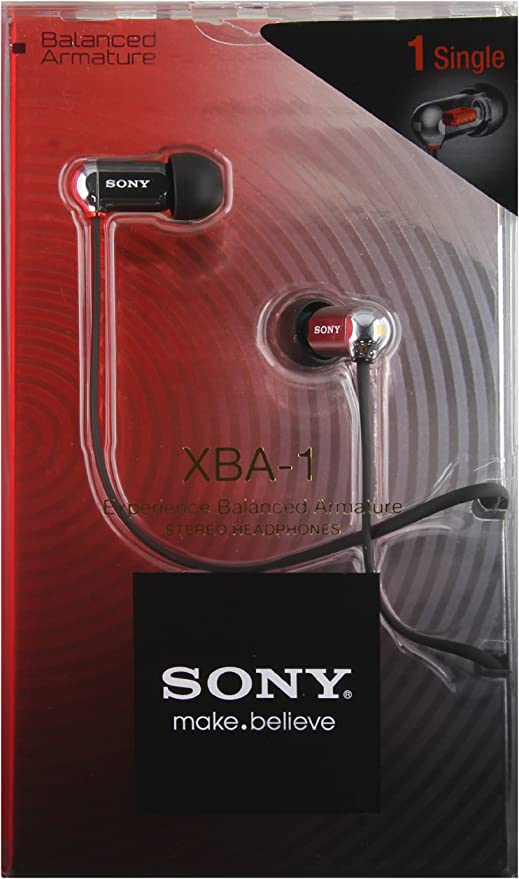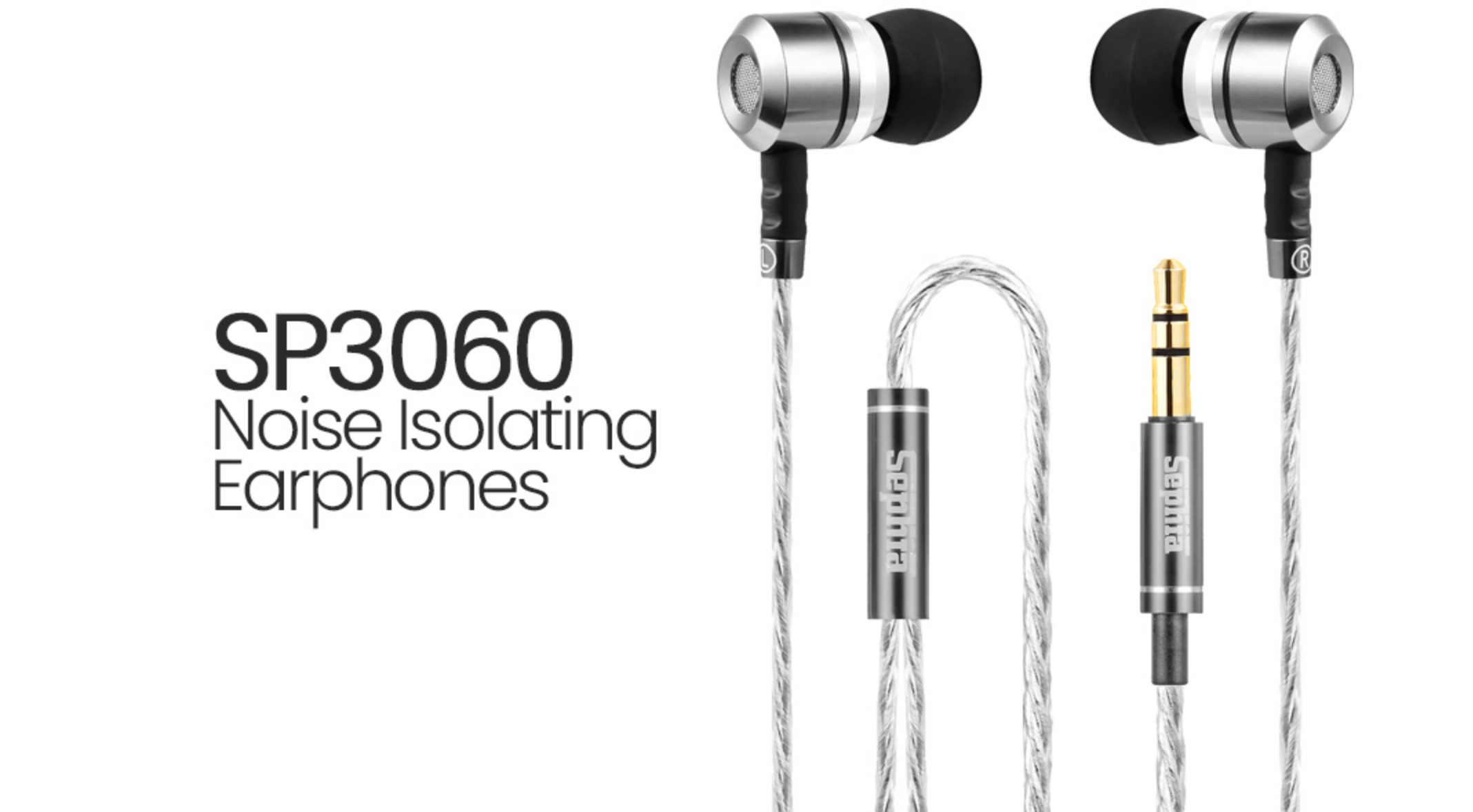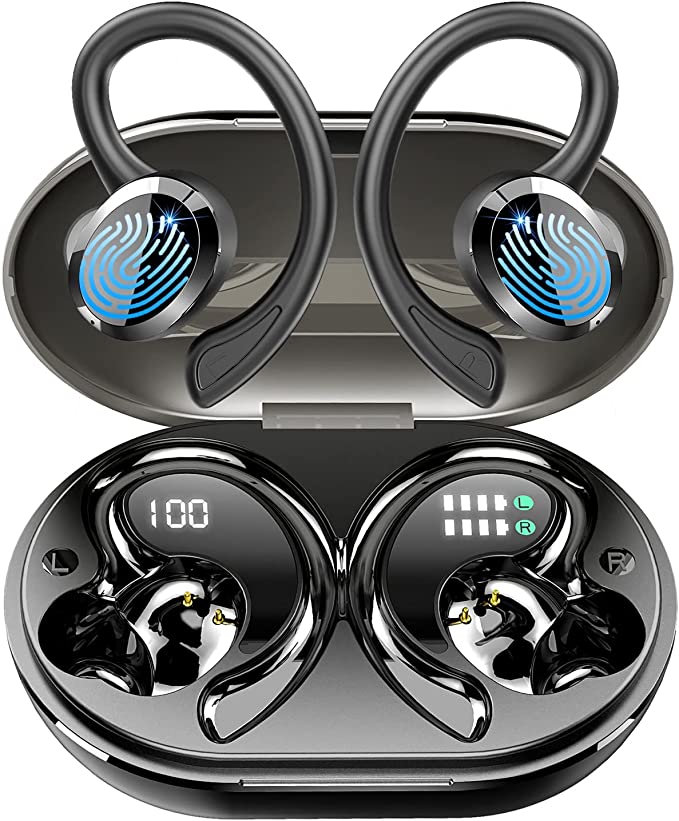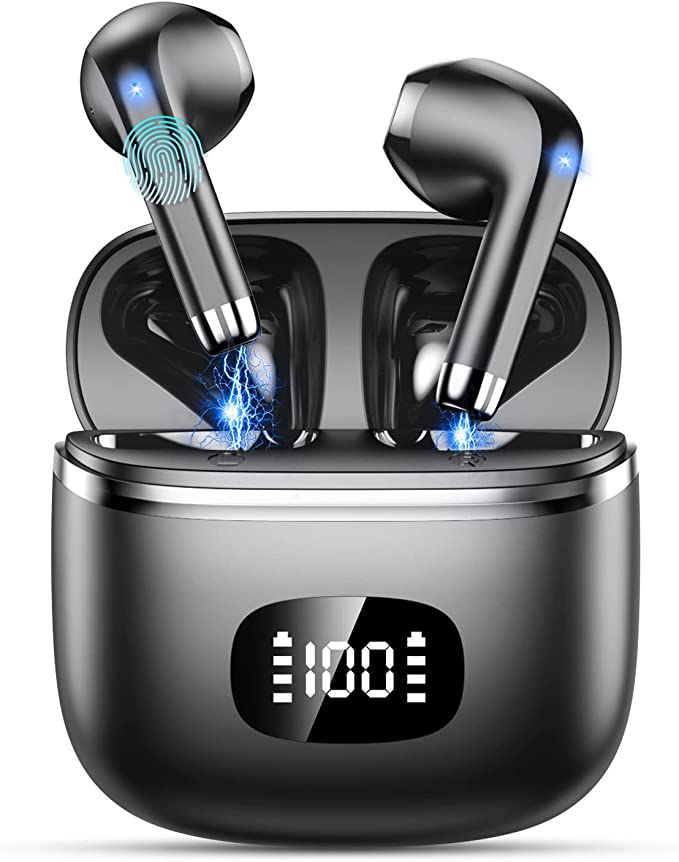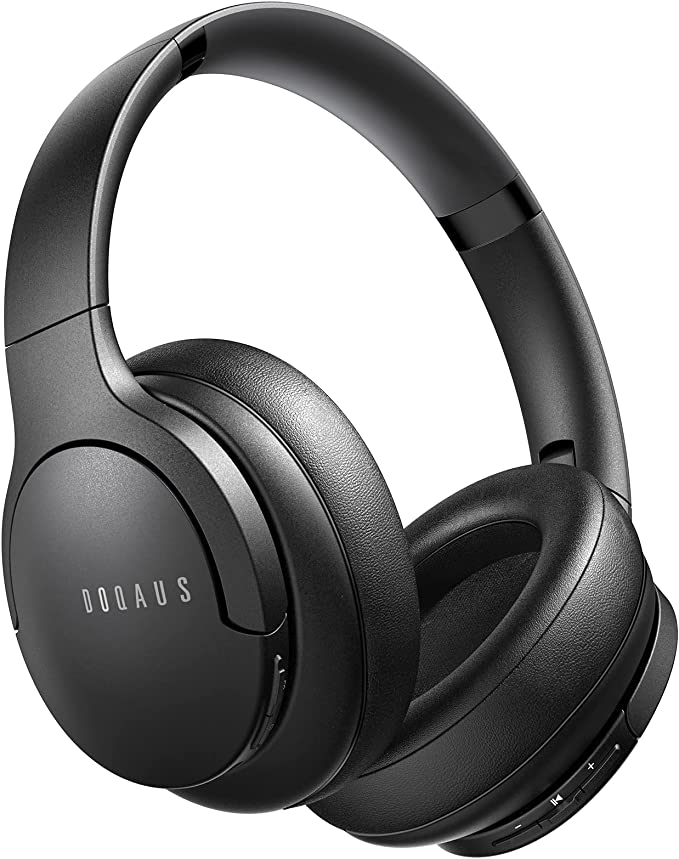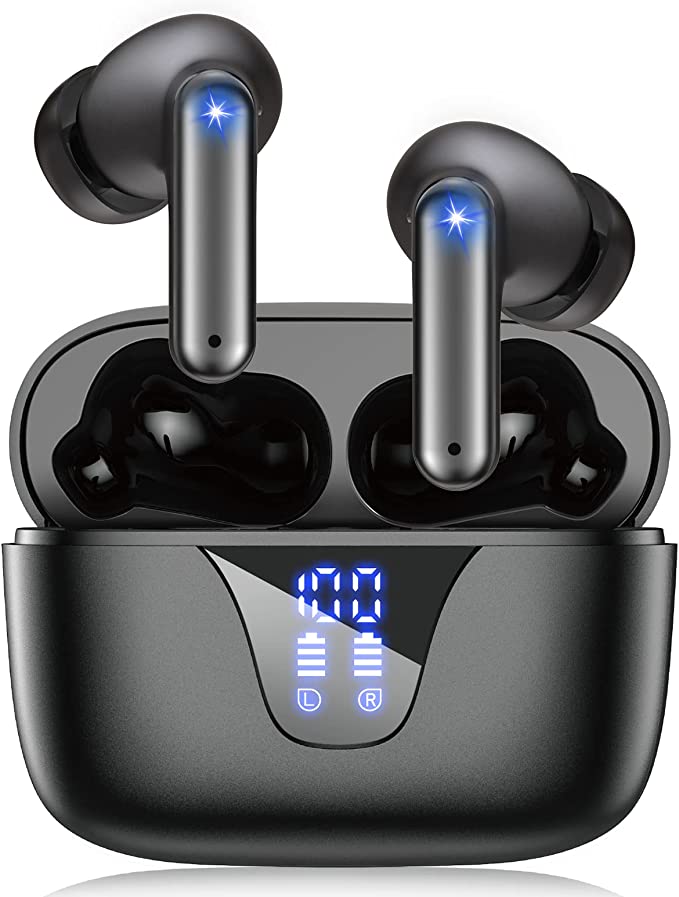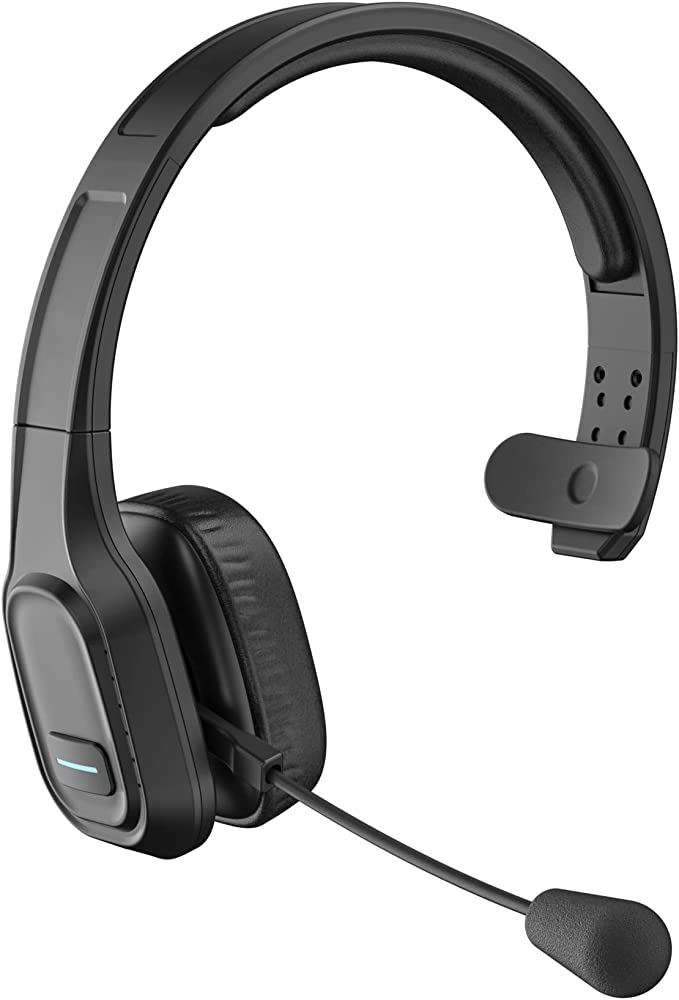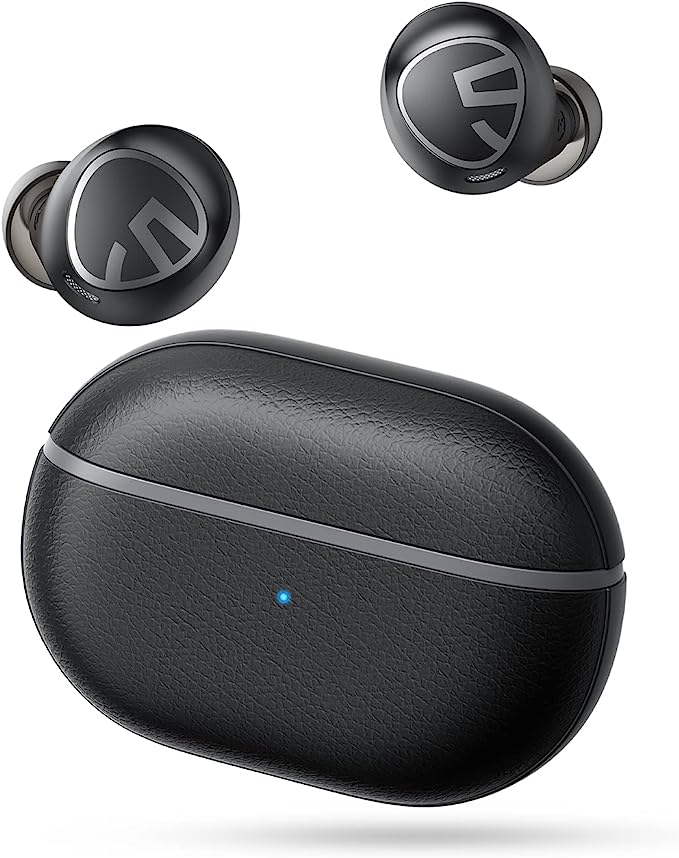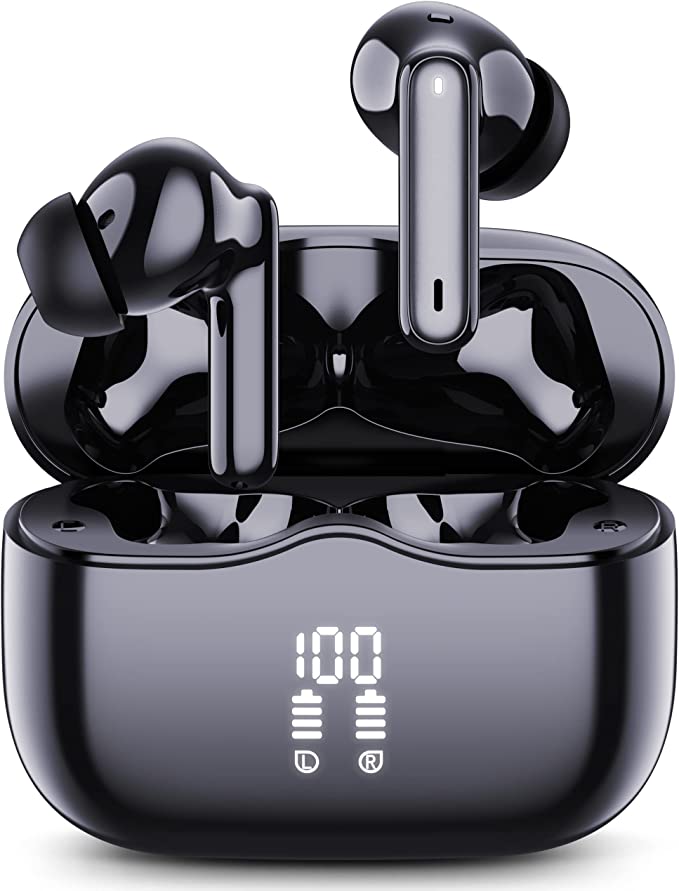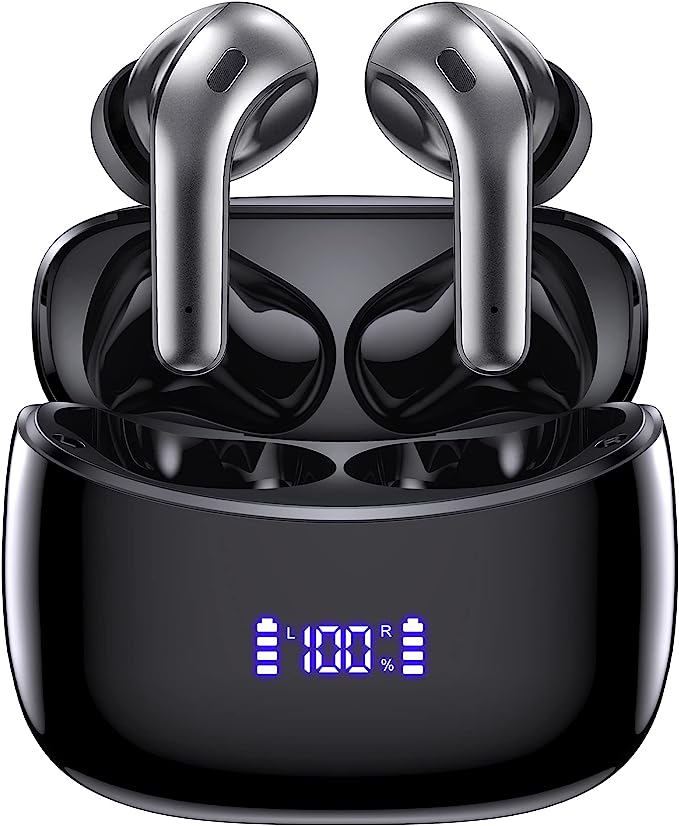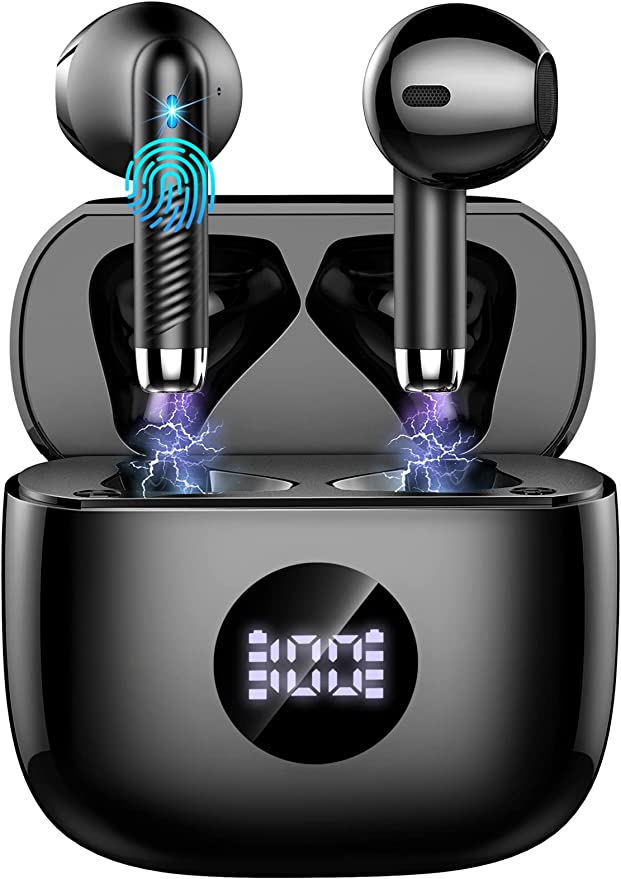MuveAcoustics Drive Wired Headphones: Unveiling the Science Behind Budget Audio Excellence
Update on May 30, 2025, 12:55 p.m.
In a world seemingly sprinting towards an entirely wireless existence, there’s an enduring, almost nostalgic charm to the steadfast wired earbud. It’s the epitome of plug-and-play simplicity, a reliable audio companion that never needs charging, always ready to connect you to your sound. But when the price tag dips to a mere ten dollars, as with the MuveAcoustics Drive Wired Headphones, a curious question arises: what real science, what design ingenuity, can possibly be nestled within such an unassuming package? Prepare to be surprised. Let’s embark on an exploratory journey, peeling back the layers of this budget-friendly device to uncover the often-overlooked scientific principles and thoughtful engineering that make affordable audio not just possible, but often, quite pleasing.

The Heartbeat of Your Music: Decoding “Powerful Bass” on a Budget
The promise of “Powerful Bass Music” is a siren call for many listeners, and the MuveAcoustics Drive product page highlights this feature. User reviews, our invaluable window into real-world performance, present a fascinating spectrum. One user, “lame_duck,” enthusiastically reports, “The bass is amazing,” painting a picture of rich, satisfying low-end frequencies. Yet, another user, “Big dong,” found the “bass and tenors where kinda nonexistent.” So, what’s the science behind this auditory divergence, and how can budget earbuds even attempt to deliver that coveted thump?
At the core of almost every earbud, including these, is a marvel of miniature engineering: the dynamic driver. Imagine a tiny, high-performance drum, or a miniaturized version of the large woofers in a hi-fi speaker system, shrunk down to fit within your ear. This isn’t far from the truth. A dynamic driver operates on a fundamental principle of electromagnetism. A “voice coil” (a coil of very fine wire) is attached to a “diaphragm” (a thin, flexible membrane). This assembly is precisely positioned within a permanent magnetic field. When the electrical audio signal from your phone or computer flows through the voice coil, it becomes a temporary electromagnet, rapidly interacting with the permanent magnet. This interaction forces the diaphragm to vibrate back and forth at incredible speeds, pushing and pulling the air in front of it. These air pressure variations are, quite literally, the sound waves that your eardrum picks up and your brain interprets as music.
The perceived “power” of bass is intrinsically linked to how much air the diaphragm can move and how effectively those low-frequency vibrations are channeled. Generally, a larger diaphragm diameter and a greater “excursion” (the distance it can travel back and forth) allow it to move more air, crucial for reproducing deep bass notes. While the exact size of the drivers in the MuveAcoustics Drive isn’t specified in the provided materials, manufacturers of budget earbuds often employ clever acoustic design within the earbud housing itself. This tiny enclosure isn’t just a shell; it’s a miniature acoustic chamber. Its shape, volume, and any tiny, almost invisible vents can influence how sound waves, particularly bass frequencies, resonate and are directed towards your ear canal. Think of it like the body of an acoustic guitar, which amplifies and colors the sound of the vibrating strings.
But why this fascination with bass? From a psychoacoustic perspective – the study of how humans perceive sound – bass frequencies often form the foundational rhythm and emotional weight of music. They can make music feel fuller, more immersive, and physically engaging. For genres like EDM, hip-hop, or even orchestral scores, a robust low-end is integral to the experience.
Now, achieving truly deep, nuanced sub-bass (the kind you feel as much as hear) typically requires more sophisticated driver technology and larger enclosures, often beyond the reach of a ten-dollar price point. So, how might budget earbuds like the Drive create a perception of “powerful bass”? Manufacturers might “tune” the drivers to emphasize the mid-bass frequencies (the punchy part of the bass, rather than the deep rumble). This can create a satisfying sense of warmth and impact, even if the lowest octaves aren’t fully represented. This tuning, combined with the seal of the eartips in the ear canal (which we’ll discuss next), can lead to user “lame_duck“‘s “amazing” experience. Conversely, if the seal is poor, or if a user is accustomed to higher-end headphones with more profound sub-bass, the result might align more with “Big dong’s” assessment. It’s a delicate balancing act of physics, acoustics, and psychoacoustics, all performed within stringent cost constraints.

Crafting Your Cone of Silence: The Physics of Passive Noise Isolation
In the cacophony of modern life, finding a pocket of personal auditory space can feel like a luxury. The MuveAcoustics Drive claims to help “block out distractions using advanced passive noise isolation.” User “Big dong,” despite a mixed take on bass, did note that “Noise cancelation was pretty good tho.” This points to the effectiveness of a fundamental, yet often underestimated, acoustic principle.
It’s crucial to distinguish passive noise isolation from its more technologically complex cousin, Active Noise Cancellation (ANC). ANC, typically found in pricier headphones, uses microphones to detect external noise and then generates opposing sound waves to electronically cancel it out. Passive noise isolation, on the other hand, is all about physics – it’s the art of the physical barrier. Think of it like wearing a well-fitted pair of earmuffs on a construction site, but elegantly miniaturized to slip into your ears. The goal is to physically prevent outside sound waves from reaching your eardrums.
The effectiveness of this “cone of silence” hinges on two primary elements:
- The Material of the Eartips: The Drive earbuds, like most in-ear monitors, come with silicone eartips. Silicone is an excellent choice for this application due to its flexibility, durability, and ability to create a good seal. It’s soft enough to conform to the unique contours of an individual’s ear canal, yet firm enough to hold its shape and block sound.
- The Quality of the Seal: This is paramount. If there are gaps between the eartip and your ear canal, external sound will happily leak in, diminishing the isolation effect. This is precisely why MuveAcoustics provides three different sizes of eartips (S/M/L). Human ear canals are incredibly diverse in shape and size – there’s no “one-size-fits-all” solution. Finding the eartip size that creates a snug, comfortable, and complete seal is key to maximizing passive noise isolation. A good seal not only blocks external noise but also improves perceived bass response, as it prevents the low-frequency energy generated by the driver from escaping.
User “Silsong” astutely observed, “This isn’t really a noise canceling headphone… but the quality of the audio is quite good.” This is an important clarification. Passive isolation won’t render the world silent like high-end ANC might. It won’t eliminate the drone of an airplane engine entirely, but it can significantly reduce the chatter in a busy office, the clatter of a train, or the general hum of a public space, allowing you to focus on your music or podcast at a lower, safer volume. It’s a testament to smart physical design rather than sophisticated electronics.

Your Voice, Unveiled: The Science Behind the “High Definition Microphone”
In an age of constant connectivity, earbuds are more than just personal sound systems; they are communication lifelines. The MuveAcoustics Drive features a “built-in HD microphone,” and an “Amazon Customer” review confirms the practical benefit: “the mic is clear.” But what transforms your spoken words into electrical signals that can traverse a phone call or a gaming chat, and what might “HD” signify in this budget-friendly context?
The tiny workhorse responsible for this magic is most likely an Electret Condenser Microphone (ECM). ECMs are ubiquitous in consumer electronics due to their small size, decent sensitivity, and cost-effectiveness. The science is quite elegant:
- The Diaphragm: Like the driver that produces sound, a microphone has a diaphragm, but its job is reversed. This is an incredibly thin membrane that vibrates when struck by the sound waves of your voice.
- The Electret Material & Backplate: Behind (or as part of) this diaphragm is a material called an “electret,” which holds a permanent electrical charge (much like a permanent magnet holds its magnetism). This diaphragm is positioned very close to a fixed conductive plate, forming a capacitor. A capacitor is an electronic component that stores electrical charge.
- Capacitance Change: As your voice makes the diaphragm vibrate, the distance between the diaphragm and the backplate changes minutely. These tiny changes in distance alter the capacitance of this microphone-capacitor.
- Electrical Signal: This fluctuating capacitance is then converted into an electrical voltage signal that mirrors the pattern of your original sound waves. This signal is what gets transmitted through the cable.
Now, what about “HD” (High Definition)? In the world of high-end audio recording, “HD” often implies a wide frequency response (capturing a broad range of tones), low noise, and high sensitivity. For a budget earbud microphone, “HD” is more likely a marketing term indicating that the microphone is engineered for good clarity within the typical frequency range of human speech (roughly 300 Hz to 3.4 kHz for traditional telephony, though modern VoIP can be wider). The goal is intelligibility – ensuring your voice is transmitted clearly and can be easily understood by the person on the other end.
The product description also mentions an “internal sound-absorbing design to reduce external noise, ensuring excellent call clarity.” While specifics are absent, this could refer to a few subtle design choices. The microphone’s physical placement within the inline controller might be optimized to be closer to the mouth and perhaps slightly shielded from picking up direct rubbing sounds from clothing. The “sound-absorbing design” could be as simple as a tiny piece of acoustic foam or a specific shaping of the microphone’s immediate enclosure to dampen some ambient noise or resonances that could otherwise muddy the voice signal. Even small, thoughtful design elements can make a noticeable difference in perceived call quality, turning a frustrating mumble into a clear conversation, whether you’re coordinating with teammates in an online game or catching up with family.

The Unseen Battle: Flat Cables vs. Tangles, and the Quest for Durability
Few things test the patience of a headphone user quite like a stubbornly tangled cable. The MuveAcoustics Drive addresses this common woe with a “Tangle-free wired earbuds with a durable flat cable design.” User “lame_duck” corroborates this, stating, “Flat cord does prevent tangles.” This isn’t just marketing; there’s a simple geometric principle at play.
Imagine trying to tie a knot in a wide, flat ribbon versus a thin, round piece of string. The ribbon, due to its broader, flatter profile, naturally resists coiling and twisting upon itself in multiple complex axes. Round cables, being cylindrical, have an equal propensity to bend and loop in any direction, making them prime candidates for spontaneous knot formation when jostled in a pocket or bag. Flat cables, by limiting this multi-axis freedom, are inherently less likely to transform into a bird’s nest of frustration. Think of it as the difference between fettuccine and spaghetti – the fettuccine lies flatter and is less prone to clumping into an intractable mass.
Beyond tangle resistance, the claim of a “durable flat cable design” and “robust material that resists pulls and tears” speaks to the ongoing engineering challenge of making affordable electronics last. The cable is often the Achilles’ heel of wired earbuds. It’s subjected to constant flexing, pulling, and coiling. For budget-friendly options, the cable sheathing is commonly made from materials like TPE (Thermoplastic Elastomer). TPE offers a good compromise between flexibility (for comfort and ease of use), resilience against minor abrasions, and cost.
The internal construction matters too. The delicate copper wires that carry the audio signal need to be protected. Sometimes, these wires are interwoven with strengthening fibers (like nylon or Kevlar in more premium cables, though less likely at this price point) to enhance tensile strength. However, the most critical points for durability are often the “strain reliefs” – the flexible rubber or plastic collars where the cable enters the earpiece housings and the 3.5mm jack. These are designed to absorb stress and prevent sharp bends that could break the internal conductors.
Despite these design considerations, the real world is a tough place for a ten-dollar earbud. User “Bev” shared a less fortunate experience: “Sadly didn’t last long… the connection is bad beyond the point of usability.” This highlights the inevitable trade-offs. Achieving extreme durability often involves more expensive materials and more complex manufacturing processes. For budget electronics, manufacturers aim for a reasonable lifespan under typical use, but factors like individual usage habits (e.g., how roughly the earbuds are handled or stored), manufacturing tolerances (tiny variations between units), and sheer bad luck can lead to a shorter operational life for some units. It’s the classic, and often unforgiving, equation of cost versus longevity.
The Ergonomic Enigma: In-Ear Comfort and the “One-Size-Fits-Most” Challenge
Sound quality and durability are vital, but if an earbud is uncomfortable, it’s unlikely to become a cherished daily companion. The MuveAcoustics Drive is described as “ergonomically designed, flexible, lightweight,” aiming to provide a pleasant wearing experience.
The science of ergonomics, in this context, is about designing the earpiece to interface with the human ear in a way that is both secure and comfortable, ideally for extended periods. This is a surprisingly complex challenge because human ears, particularly the concha (the outer bowl) and the ear canal, exhibit incredible diversity in size, shape, and angle.
Several factors contribute to in-ear comfort:
- Weight: Lighter earbuds generally cause less fatigue over time. The Drive earbuds are noted to be “lightweight.”
- Shape and Size of the Housing: The part of the earbud that rests in the concha needs to be shaped to avoid pressing uncomfortably against the cartilage. A “low-profile” design, as suggested by the previous draft’s analysis of the product, aims to sit flush and minimize protrusion.
- Angle of the Nozzle: The tube that directs sound into the ear canal should ideally be angled to align with the natural direction of the user’s ear canal, reducing pressure.
- Eartip Material and Fit: As discussed under passive noise isolation, the silicone eartips are crucial. A soft, pliable material that creates a gentle seal without excessive pressure is key. The provision of S/M/L eartips is a nod to this ergonomic necessity, allowing users to find a size that offers both a secure fit (preventing them from falling out) and comfortable pressure.
However, the subjective nature of comfort is vividly illustrated by user feedback. While “Anon” found them “comfortable enough in my ear and don’t seem to want to slip out,” user “Sn00z3r” had a starkly different experience: “Uncomfortable. Tried all sizes.” This isn’t necessarily a fault in the ergonomic design itself, but rather a testament to the “one-size-fits-most” challenge. Even with multiple eartip sizes, the fixed shape of the earbud housing might perfectly suit one person’s ear anatomy while creating pressure points for another. Achieving truly universal comfort in a fixed-form device is an ergonomic ideal that is incredibly difficult to attain, especially when cost constraints limit the use of more advanced materials or customizable components. For users, this often means a period of trial and error, experimenting with different eartip sizes and slight adjustments in positioning to find their personal “sweet spot” of comfort.
The Evergreen Connector: The Humble 3.5mm Jack’s Legacy and Utility
In a world increasingly dominated by Bluetooth and USB-C audio, the unassuming 3.5mm headphone jack on the MuveAcoustics Drive might seem like a relic from a bygone era. Yet, its inclusion is a deliberate design choice, rooted in a long history of utility and a science that prioritizes simplicity and universal compatibility – exactly what the product page promises with “Excellent Compatibility.”
The 3.5mm connector, also known as a mini-jack or 1/8-inch connector, has a surprisingly rich history, with its larger 1/4-inch (6.35mm) ancestor dating back to the late 19th century for use in telephone switchboards. Its widespread adoption in portable consumer audio began with devices like the Sony Walkman in 1979, cementing its status as the de facto standard for personal listening for decades.
The science behind it is straightforward analog audio transmission. The jack typically has three or four conductive sections separated by insulating rings:
- Tip (T): Usually carries the left audio channel.
- Ring (R): Usually carries the right audio channel.
- Sleeve (S): Serves as the common ground.
- A Second Ring (R) in TRRS connectors: In a four-conductor TRRS (Tip-Ring-Ring-Sleeve) jack, like the one likely used on the Drive to support its microphone, this additional ring is typically used for the microphone signal.
When you plug the jack into a device, these conductive parts make contact with corresponding springs or pads inside the socket, completing the electrical circuits that allow the analog audio waveforms (and the microphone signal, if present) to travel between your device and the earbuds.
Why does this “old” technology persist, especially in budget-friendly and even some high-end audio gear?
- Universality: An enormous number of devices still feature a 3.5mm jack – older smartphones, laptops, desktop computers, tablets, MP3 players, gaming controllers, airplane entertainment systems, and more. This “plug and play” simplicity requires no pairing, no software drivers for basic audio, and no compatibility headaches.
- No Battery Drain (for the connection): Unlike Bluetooth headphones that require their own power source, wired earbuds draw a minuscule amount of power directly from the audio source device to energize their drivers. The connection itself is passive.
- Signal Integrity & Latency: For a simple analog connection, there’s no digital-to-analog conversion happening outside the source device, and no wireless transmission codecs that might introduce compression or latency. While this is more critical for audiophiles or gamers чувствительны к задержке (sensitive to delay), the inherent directness is a benefit.
- Cost-Effectiveness: Implementing a 3.5mm jack and simple analog circuitry is generally less expensive for manufacturers than incorporating Bluetooth chipsets, batteries, and the associated licensing fees, helping to keep the price of products like the MuveAcoustics Drive remarkably low.
The 3.5mm jack is a testament to a design that got so many things right from the outset – robust, reliable, and intuitive. Its continued presence on devices like the MuveAcoustics Drive ensures that a wide audience can access their audio with minimal fuss and maximum compatibility.

The Ten Dollar Symphony: Finding Value and Wonder in the Everyday
The MuveAcoustics Drive Wired Headphones, retailing for a price that barely covers a fancy coffee, might be easy to dismiss in a market saturated with high-tech, feature-laden audio gear. Yet, as we’ve journeyed through the science embedded in their design, a different picture emerges. This isn’t about chasing audiophile perfection; it’s about appreciating the intelligent application of fundamental acoustic, material, and ergonomic principles to deliver remarkable utility within an extraordinarily tight budget.
From the tiny dynamic drivers striving to reproduce a satisfying bass beat, to the carefully selected eartips creating a physical barrier against external noise, every element reflects a series of deliberate engineering choices. The flat cable’s geometry offers a simple solution to a common annoyance, while the enduring 3.5mm jack ensures near-universal access to sound. Even the microphone, tasked with capturing your voice, relies on elegant physics to perform its function.
Of course, at this price point, compromises are inevitable, as reflected in the mixed user experiences regarding ultimate comfort or long-term durability. The “symphony” these earbuds produce might not rival a concert hall performance, but it’s a symphony of affordability, accessibility, and applied science. They stand as a testament to the fact that good, functional design doesn’t always require groundbreaking innovation or exotic materials; often, it’s about a deep understanding and clever implementation of well-established principles.
The MuveAcoustics Drive, and countless other budget-friendly tech items like it, invite us to look closer, to question, and to appreciate the ingenuity that often hides in plain sight. The true value here isn’t just in the ability to listen to music or take a call for ten dollars; it’s in the quiet demonstration that science is everywhere, working diligently and often invisibly, to enhance our daily lives. The sound of that science, if you listen carefully, is a melody worth savoring.
